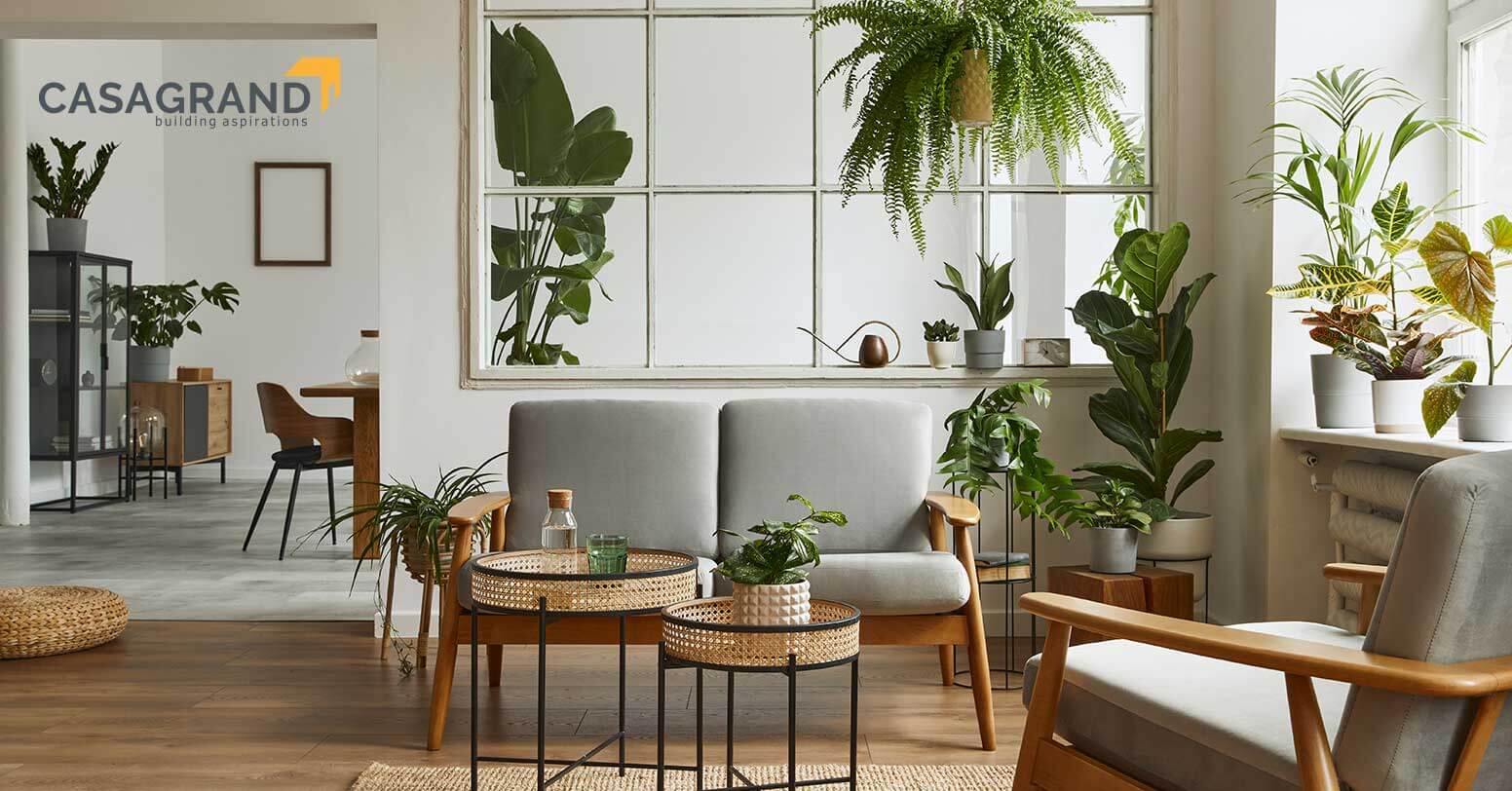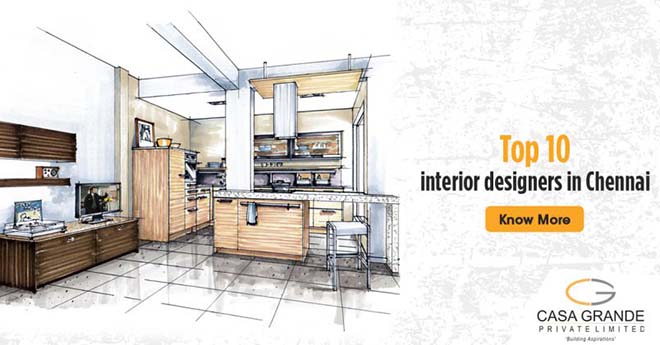Buying a home is an experience like no other. Crafting an oasis of calm in the hustle and bustle of today’s world is a joy that is truly unparalleled. For most of us, homeownership is a dream that we long to make a reality, and when the time comes, nothing compares to the happiness you get when you can finally call a home, your very own. Now the process of buying a home seems quite straightforward, does it not?
Pick the locality you like, pick the type of building you want, decide on the number of bedrooms, visit the home a few times, and that’s it! Well, it is a little more complicated than that.
While the instinctive part of your shopping experience is definitely an important one, it is vital to realise that the process of looking for a home involves a lot of technical terms that you need to be well aware of as well.
Of course, seeing a home and falling in love with it at first sight is totally okay, but we must take into account a few discerning factors.
For most of us, a home is the biggest purchase we will ever make. This means we must make sure we think about every single aspect of this purchase, from the value for money you are getting, the square footage of the home, your long term plans for the home, and even your own long-term plans. Do you intend to grow your family, or do you intend to rent the property out?
Do you intend to sell it soon, or do you intend to keep it forever? Asking yourself these questions matter a lot!
To be able to understand the financial aspect and investment potential of your purchase, you must know certain technical terms. Namely, carpet area, built-up area, and super built-up area.
Carpet Area
The carpet area of a home basically signifies the total amount of usable floor space in a home. The carpet area of your home is the main deciding factor of whether your home is large enough for your usage. Carpet area is the most reliable marker of how spacious the home is, so the number itself gives you a good idea about the home’s size. This is why you must always ask a seller or broker what the carpet area of the home you are deciding on is.
This area is referred to as the carpet area of a home, as it is literally the amount of floor space you can place a carpet over. It is the space that is used up by your bedrooms, living room, hallways, bathrooms and kitchen.
However, the carpet area does not include balcony, flower beds and terrace spaces.
As a rule of thumb, carpet area generally constitutes 70% of the built up area of a home.
Built-Up Area
If carpet area constitutes the net usable floor space in a home, barring a few areas such as balconies, flower beds and dry areas, built-up area is what includes the area of all of these additional spaces.
The built-up area of a home also includes the space occupied by wall surfaces on the external perimeter of a home. This term is referred to as the “built-up area” as it takes into account what is built to supplement the carpet area.
Knowing the built-up area of a home is important, as many modern homes offer quite useful utility areas, which you can use to keep your appliances such as washing machines, dryers and dishwashers. This space is allotted for this specific purpose, and can be a boon for those with smaller homes. Built up area is always more than the carpet area, and less than the super built-up area.
Super Built-Up Area
The super built up area of a home or building, also referred to as the “saleable” area, takes into account not just the carpet area and the built up area, but also certain common areas that are usable by the occupants of the flat. Not necessarily parts of your home, the super built up area includes shared foyers, shared elevators, shared staircases, and even common amenities. The super built up area is inclusive of the many value additions you get, in addition to your flat.
Certain builders even include gym, clubhouse and garden spaces to this metric.Super built up area is generally 25% more than the built-up area of a flat.
The super built-up area of a home is not a reliable metric when calculating square footage, and is more so to take into account the amenities and luxuries projects in Chennai offer.
Now that you are familiar with all of these terms, go ahead and be discerning when you find out how much a home costs.

















